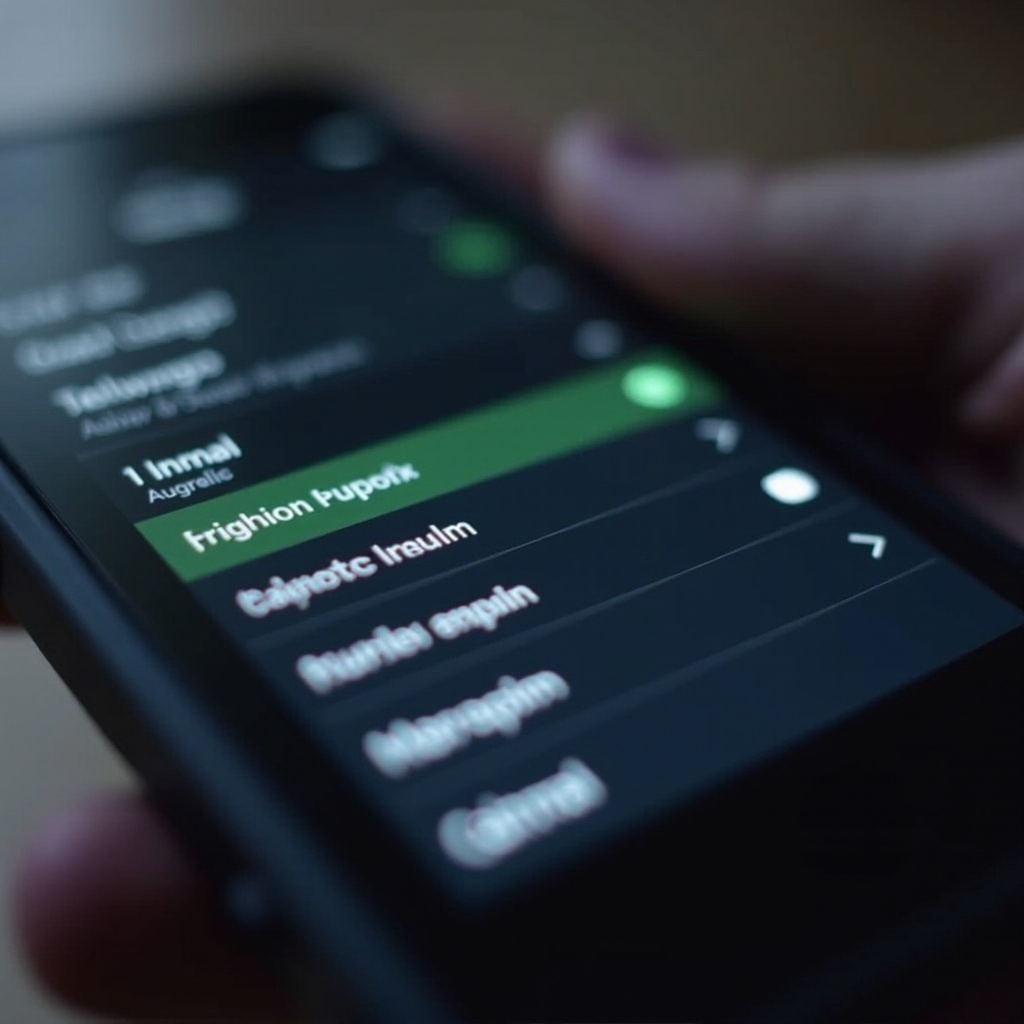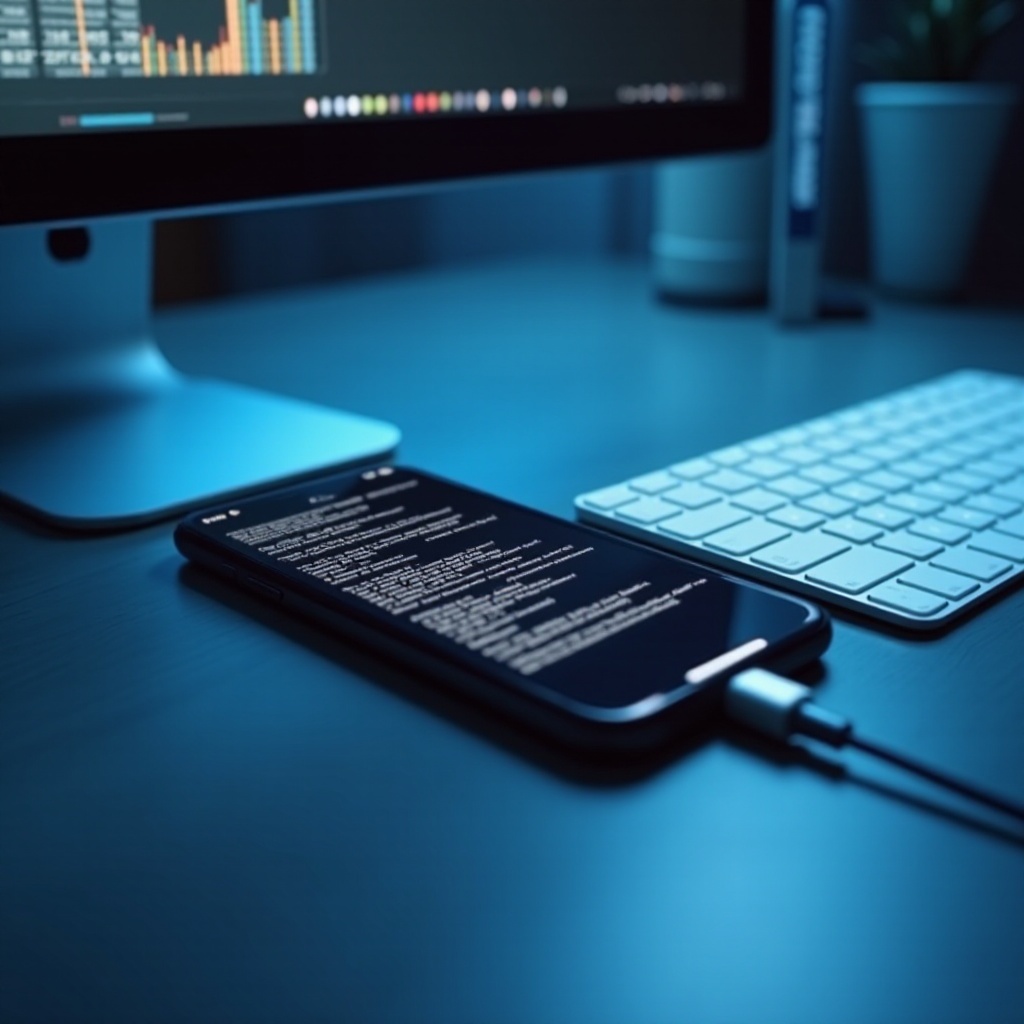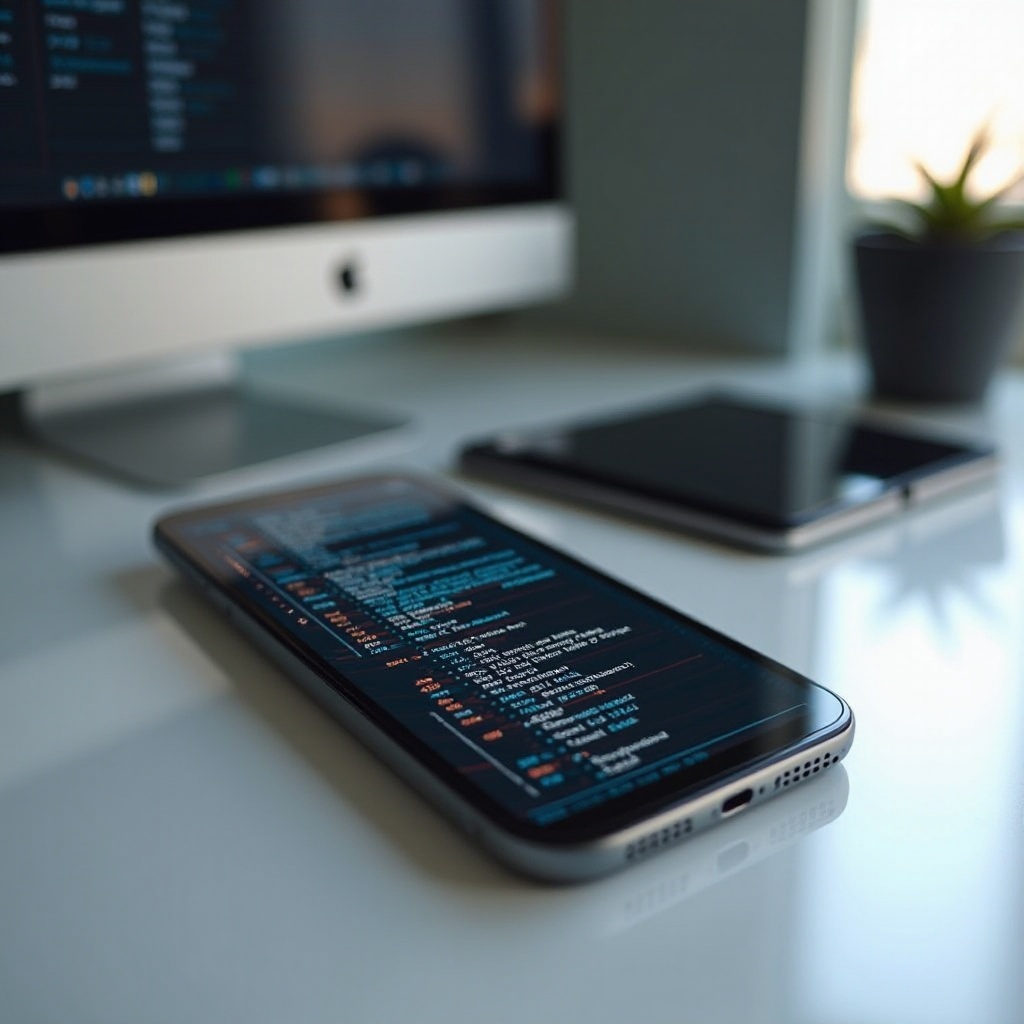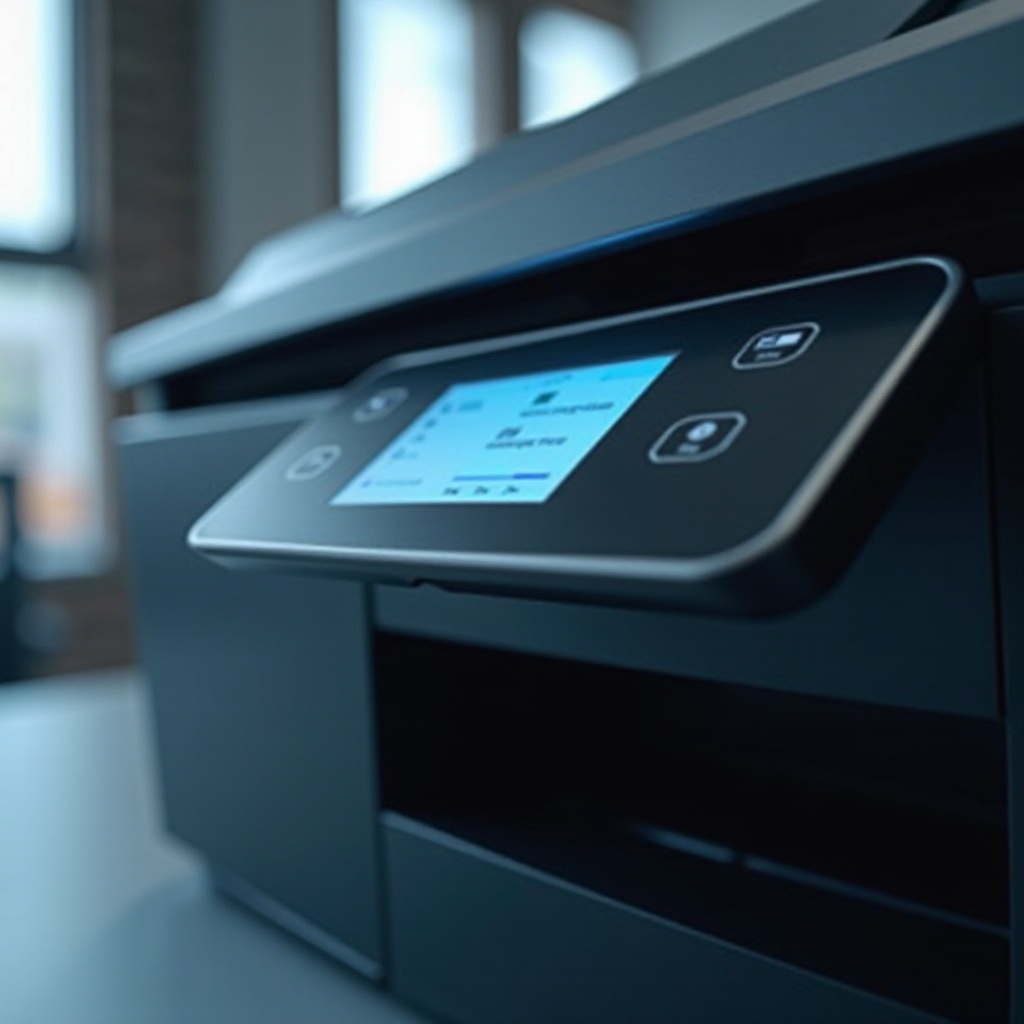Introduction
Accessing diagnostic mode on your iPhone illuminates possible hardware or software complications when traditional methods fall short. Whether you’re technically savvy craving in-depth insights or just inquisitive, learning to activate this mode is remarkably beneficial. Diagnostic mode enables meticulous evaluations of your device’s components, unveiling hidden concerns. This guide provides a secure approach to enter diagnostic mode, along with essential tips to facilitate an effortless experience.

Understanding Diagnostic Mode on iPhone
Diagnostic mode is a specialized feature allowing users and technicians to analyze an iPhone’s internal workings at an advanced level. Conducting tests on components like the battery, display, and network functionalities, it plays a vital role in detecting early-stage issues. This kind of insight is invaluable when persistent problems persist despite typical troubleshooting methods, offering a broader perspective on your device’s health.
Appreciating the significance of diagnostic mode prompts necessary preparation actions. These ensure seamless functionality and data protection throughout and after the testing process.
Preparing Your iPhone for Diagnostic Mode
Thorough readiness is key before plunging into diagnostic mode—to prevent data disruption and operational hindrance during the evaluation.
Backing Up Your Data
- Get your iPhone onto Wi-Fi.
- Navigate to Settings > [Your Name] > iCloud.
- Click iCloud Backup > Back Up Now.
Securing your data safeguards your information should unexpected problems arise during diagnostics.
Checking Software Updates
- Visit Settings > General > Software Update.
- Apply any pending updates.
Keeping your iPhone’s software current resolves pressing issues and guarantees compatibility during diagnostics, thus averting unnecessary setbacks.
Ensuring Sufficient Battery Life
- Charge the iPhone to at least 50%.
- Keep it plugged into a power source during diagnostics.
Executing these preparatory measures ensures the diagnostic process runs without disruptions.
How to Enter Diagnostic Mode on iPhone
With preparations in place, you are poised to access diagnostic mode using intuitive instructions catered to various iPhone models.
Step-by-Step Instructions for Different iPhone Models
For iPhone 8 and Later:
- Press and release the Volume Up button swiftly.
- Press and release the Volume Down button quickly.
- Hold the Side button until the Apple logo becomes visible.
For iPhone 7 and 7 Plus:
- Hold the Volume Down and Sleep/Wake (Side) buttons until the Apple logo materializes.
For iPhone 6s, 6s Plus, and SE (1st Gen):
- Hold the Home and Power buttons until the Apple logo surfaces.
Once you complete the steps tailored to your model, your iPhone will activate diagnostic mode, allowing you to leverage model-specific tools for in-depth information.
Common Mistakes to Avoid
- Inaccurate button sequence: Follow the specific order for your iPhone model diligently.
- Low battery: Ensure the phone is sufficiently charged to deter a sudden shutdown.
- Ignoring software updates: Obsolete software could disrupt or limit diagnostic mode capabilities.
Mitigating these blunders enhances efficiency during diagnostics, delivering reliable outcomes.
Exiting Diagnostic Mode Safely
Disconnecting from diagnostic mode requires precision to ward off device complications. Here’s the procedure:
- Hold the power button (or power and home/side buttons depending on your model) until your iPhone restarts.
- Let go of the buttons when the Apple logo appears and permit the phone to reboot typically.
Observing this exit technique ensures a smooth transition out of diagnostic mode without triggering system troubles.

Troubleshooting Common Issues in Diagnostic Mode
Should complications arise while in diagnostic mode, several resolutions are effective:
- Frozen iPhone: Restart forcefully using your model’s specific button combination.
- Incorrect diagnostics: Verify your iOS is current. Update patches often rectify diagnostic errors.
- Difficulty exiting mode: If button pressing fails, connect your iPhone to iTunes or Finder and select ‘Restore iPhone.’
By troubleshooting adeptly, you uphold the integrity of the diagnostic experience.

Practical Applications and Uses of Diagnostic Mode
Besides troubleshooting, diagnostic mode offers extensive applications. Technicians utilize it for thorough evaluations during repairs. It’s also a treasure for enthusiasts looking to dissect their iPhones’ internal operations. Significantly, it helps in detecting malfunctions early, potentially sparing you costly fixes.
Conclusion
By mastering diagnostic mode entry on your iPhone, you heighten your capacity to maintain and assess its functionality. Diagnostic mode grants users hands-on analytics and problem-solving skills for effective issue management. Stick to this guide’s outlined steps and tips for a fruitful diagnostic session, safeguarding your data and your iPhone’s performance.
Frequently Asked Questions
Can Diagnostic Mode Harm My iPhone?
Entering diagnostic mode correctly poses no threat. Adhere strictly to the outlined steps.
What Should I Do if My iPhone Stays in Diagnostic Mode?
Attempt a hard reset or connect to iTunes and choose recovery options.
Is Diagnostic Mode Useful for Regular Users?
Absolutely, it provides insights for identifying and troubleshooting device statuses.


